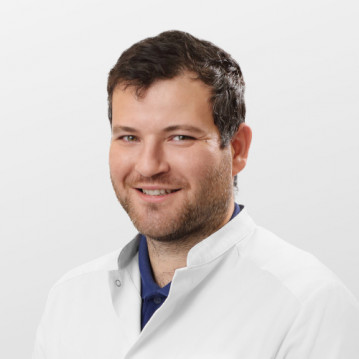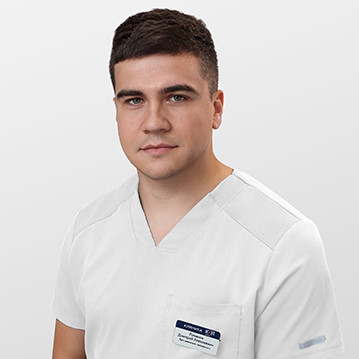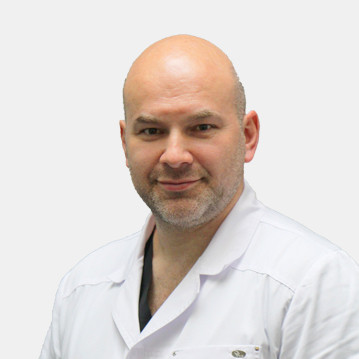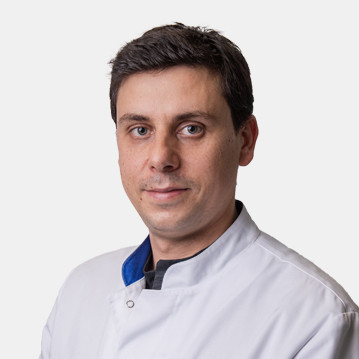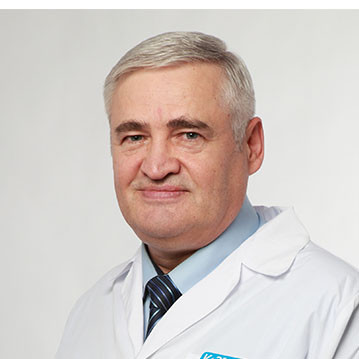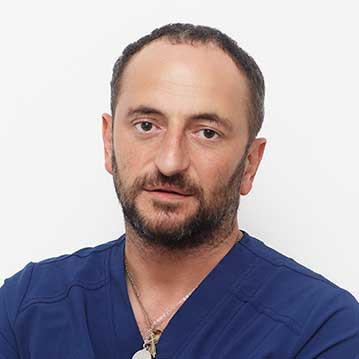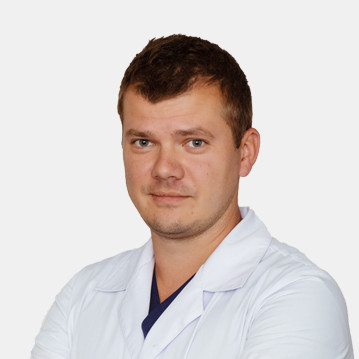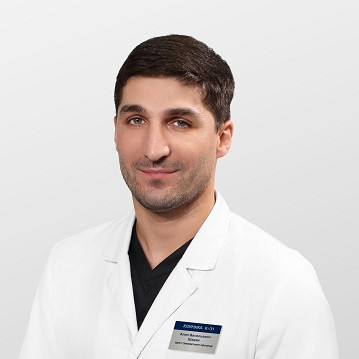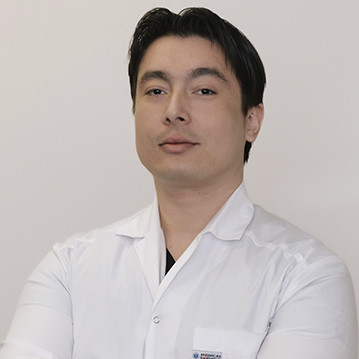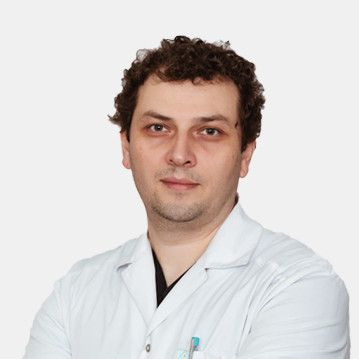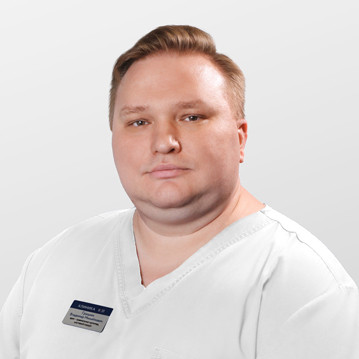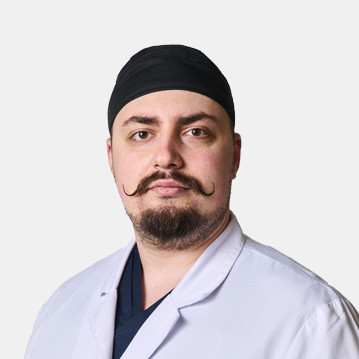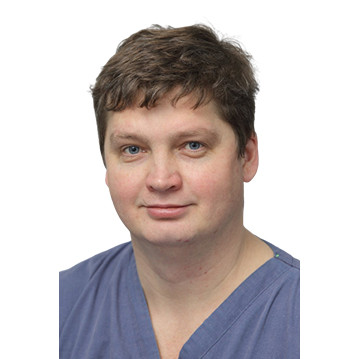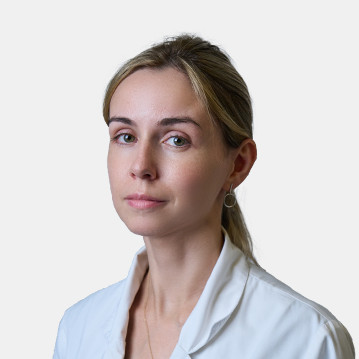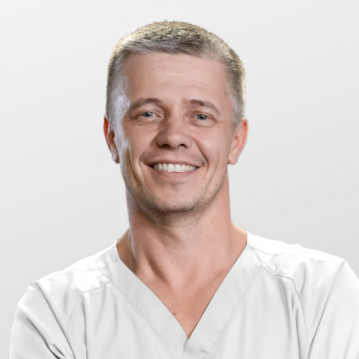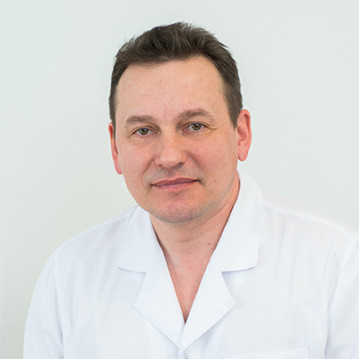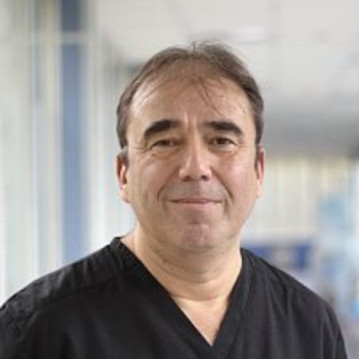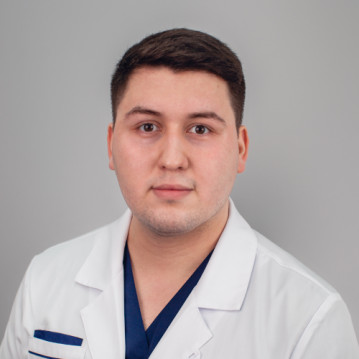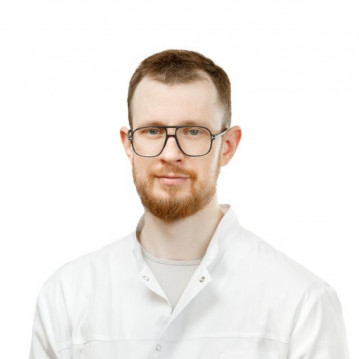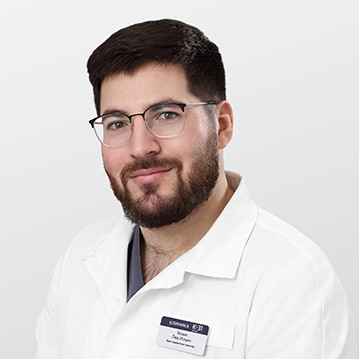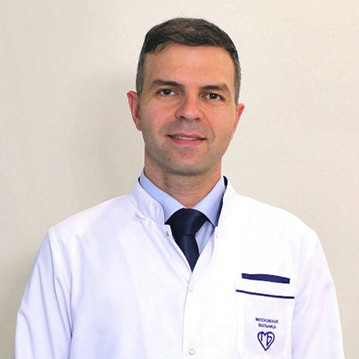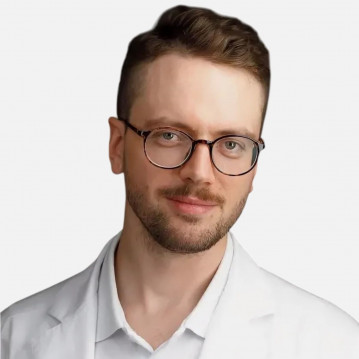Orthotics is an element of complex therapy and prevention of diseases of the musculoskeletal system, which involves the use of in the process of treating or rehabilitating a patient with special means called "orthoses".
Orthoses include:
- corsets;
- orthopedic splints - rigidly fix the joint;
- splints - completely cover the limb;
- bandages - soft orthoses;
- special shoes, etc.
They are needed to properly distribute the load on the patient's limb, fix the joint, compensate for shortening or equalize the lost volume, correct position and movements. Orthoses reduce pain, can be used for the prevention of injuries, chronic diseases and pathologies, for the development of joints, recovery after surgery. Perform functions: fixing, corrective (correct position), unloading.
Varieties of orthoses and scope of their application
Orthoses by manufacturing method
Orthoses are individual and serial. The first ones are individually made to order according to measurements or plaster casts, previously made by an orthopedist (individual orthotics). Serial orthoses are mass-produced in standard sizes.
Orthoses also differ in their purpose:
- Prophylactic. Necessary to prevent excessive loads that can cause injury. Such orthoses can be used in everyday life or in sports. They are also used for weakening the ligamentous apparatus or muscle problems.
- Therapeutic. They can be included in the complex therapy of diseases of the musculoskeletal system. Designed to restore the anatomical integrity or lost function of the joint during the rehabilitation period.
- Permanent. Necessary in case of persistent loss of function and shape of the limb. An orthopedic traumatologist can resort to this solution in the presence of old, improperly healed fractures or the consequences of osteomyelitis.
A properly selected orthosis can play a corrective or fixing role. It avoids secondary deformation, which sometimes leads to improper fusion of bones, the development of inflammation in the joints and other similar problems. Orthosis will help to consolidate the results achieved with the help of physiotherapy, surgery or medication. Wearing it is sometimes also used for arthritis and arthrosis.
Orthotics is used in the field of orthopedics to solve the following problems:
- restoration of partially lost motor function is required in the process of rehabilitation after injuries (bone fractures, sprains, joint damage) or surgeries;
- rendering dosed compression on tissues to normalize their tone and restore blood circulation in small vessels;
- protection of limbs or individual joints in case of excessive loads;
- compensation for the work of a damaged part of the trunk or limb;
- fixing the position of the joints in the presence of inflammation;
- eliminate or reduce the intensity of pain;
- Improve the mobility of the lower limbs when walking.
Orthoses are used to fix any limbs and joints: ankle, knee, hip, wrist, elbow, shoulder, spine. With their help, joint deformity is prevented, pain is reduced, the risk of complications is reduced, posture and gait are corrected.
Feet, joints and upper limbs
Orthosis of the foot is the implementation of the necessary measurements and the manufacture of individual orthopedic insoles after consultation with a doctor. Insoles are indispensable in the treatment of diseases associated with impaired functionality of the lower extremities. They are used during the rehabilitation period after injuries and arthroscopic operations. Such orthoses can be prescribed for pregnant women if it is necessary to relieve the load on the legs while walking. They are also used by athletes who go in for athletics, football, etc. Orthoses for people suffering from foot deformities, calluses, and infections are made on the basis of biomechanical indicators of the walking stereotype.
Orthopedic insoles are adjusted if necessary. According to the purpose and type of shoes, they can be casual or sports. Products for athletes are made taking into account the motor load.
For hand injuries of our patients, we use immobilizing bandages, they are also called "plastic plaster". Such structures provide the necessary rigidity of the limbs or joints while restoring their functionality. But at the same time, the product weighs less than classic gypsum, so it does not put excessive pressure on the hand.
